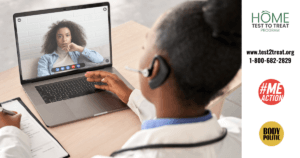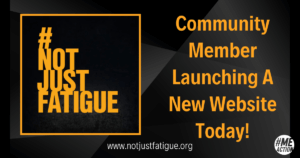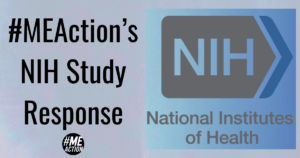This past May, the Women’s Health Empowerment Summit chose three patients to share testimonies about their illness and Myalgic Encephalomyelitis was chosen as one of the three! PwME Kat Fox discusses her experience participating at the summit.
How did you get the opportunity to speak at the Women’s Health Empowerment Summit?
Well, for that we have to thank fellow Myalgic Encephalomyelitis (ME) warriors Rivka Solomon and her mother, Bobbi Ausubel. Both are members of Hadassah, the largest Jewish women’s organization in the country, and both are dedicated ME advocates. They spoke about Rivka’s experience with ME with the Boston Hadassah chapter, and later via phone with the staff at Hadassah’s national headquarters in New York City, along with Linda Tannenbaum of the Open Medicine Foundation, who was there in person. (Rivka is a member of #MEAction and the Massachusetts ME/CFS & FM Association.)
That meeting yielded some very good outcomes: 1) Hadassah wrote an article in their national magazine about ME; 2) Hadassah invited ME organizations to join their Coalition for Women’s Health Equality (both Solve ME/CFS and OMF have done so); and 3) they promised to consider including ME in an upcoming Hadassh-organized Women’s Health Empowerment Summit. So Bobbi sent them a proposal of possible ways they might include us.
When the organizers of the Summit, heard Rivka’s story, to our surprise, they asked if she would be willing to give a patient testimonial at the Summit on May 16, 2018 in Washington, DC. They thought her story about ME was perfect, given the purpose of the Summit was to share and discuss hot topics affecting women’s healthcare. Unfortunately, Rivka was too ill to make the journey, and she asked me to fill in for her.
The Women’s Health Empowerment Summit is an annual event convened by Hadassah’s Coalition for Women’s Health Equity*, and an abundance of healthcare-related women’s organizations were in attendance, including the National Organization for Women, American Medical Women’s Association, and the National Association of Nurse Practitioners in Women’s Health, as well as congressional staffers. They had a decent turnout, about 400 people, in my estimation.
What did you speak about?
The Summit included three patient testimonials this year, and we were overjoyed when we learned they selected Myalgic Encephalomyelitis (ME) as one of the three! The organizers primarily wanted to hear my story about what life was like before versus after I got sick and the impact ME has had on my life. I was a straight-A student, a Notre Dame graduate, a marathon runner, and a successful business professional working for tech startups and Fortune 100 Companies such as PwC and Deloitte for over 13 years. Now, after ME hit, I am mostly bedridden and collecting disability while my life passes me by. I shared pictures of my life, both before and after becoming ill with ME (a stark contrast).
I presented facts about ME, including the number of Americans who are affected – 75 percent of whom are women – and a graphic illustration of the drastic underfunding of ME at the National Institute of Health (NIH). I concluded by offering ways Summit participants can raise their voices and help get the word out about ME: 1) Watch the film Unrest and announce on social media they watched it with #TimeForUnrest; 2) Involve their organizations with ME advocacy; and 3) Contact their Senators and Representatives to support a resolution for ME, and to request a hearing on ME, respectively.
In order to make it to the presentation, my husband drove me to the Summit so that I could lie flat in the car on the way there. The organizers made sure I had a separate room to rest in that was quiet and where I could lie down until they were ready for my testimonial. I stood for my 7 minute presentation, and spoke with people for about 20 minutes after the presentation, then went back to the car to lie down as my husband drove us home.
Logistically, speaking engagements can seem daunting but can be accomplished with the help of family, friends, Uber/Lyft, wheelchairs, stretchers, yoga mats, pillows, notecards… whatever you need to make yourself as comfortable as possible. It can be done!
What was the response from others, and what was the overall outcome of participating in such a summit?
As I was speaking, I noticed audible groans as I detailed NIH’s lack of funding (male pattern baldness historically received more funding than ME), and upon explaining that people with ME can get ostracized — most of my friends and family do not talk to me anymore upon learning of my diagnosis. I noticed a few tears in the audience throughout my story, and many participants were enthusiastically scribbling down ways they could help get the word out about ME.
After my testimonial I received a standing ovation and a line of people formed wanting to share their chronic illness experiences with me and offer their support. One of the people I spoke with was a key leader of Hadassah, who asked that I call her to strategize how Hadassah might be able to help with ME. We have since traded a few emails and I’m confident we’ll be speaking soon to discuss possibilities. So, at a minimum, the ME community was heard, and the presentation was emotionally impactful. What tangibly comes of it remains to be seen.
What is your advice for how the ME community can connect to the women’s rights community — and other potential allies — to form partnerships.
I don’t think there’s any one right way to form strategic alliances, and they certainly do not form overnight. The challenging part is getting out there and telling our stories in order to be seen and heard. If people aren’t aware that ME is a problem, it is much easier to ignore than if they have met a bright, capable, independent, and/or athletic person whose life was destroyed by this illness. Seeing a face along with the story makes ME real to people, especially when we are articulate, knowledgeable, and honest with our pain and the devastation this illness causes.
In order to do that, I think it would help for more members of our community to figure out ways to get out there and speak about ME to the extent possible. I know this is a huge challenge, as I am predominantly bedridden. Nevertheless, I have set a goal of doing one public speaking engagement per year, as that is about all my body can handle at this point. It takes me a month to prepare, and a few months to recover afterward, but it is important work. I see it as planting seeds in people’s minds that may later bear fruit.
Speaking about our experiences makes ME a known quantity, perhaps changing stigmatizing viewpoints where they exist. When I spoke at the NIH last year, Dr. Francis Collins’ Deputy Director, Dr. Lawrence Tabak, pulled me aside afterward and said, “Do not underestimate the power that sharing your story has.” That advice has really stuck with me. I believe sharing our stories will pave the way for future progress in terms of garnering support for legislation, medical training, and an overall paradigm shift to where our society will view this as the devastating biological illness it is.
So, even if you can only do ONE THING a year like me, get out there and share your story… with a women’s organization, church, alumni organization, community center, local library, college or university, your Congress(wo)men, at a #MillionsMissing event, or host a community screening of Unrest… no matter the crowd size or the length of your presentation, there are countless venues to be explored. Or write an article. The New York Times publishes essays about life with disability (https://www.nytimes.com/column/disability) or check with the editor of your local newspaper. We can’t rely on any one ME advocate to do this work as we are all very sick and crash very hard.
Lastly, if you do speak out, make sure to follow up on any contacts you might get afterward, because even one sympathetic ear may lead to a connection with an organization we would love to partner with. That is how this speaking engagement came about!
* Members of the Coalition For Women’s Health Equity include: Alliance for Aging Research; Alzheimer’s Foundation of America; American Association of University Women; American Heart Association; American Medical Women’s Association; Black Women’s Health Imperative; Breast Cancer Prevention Partners; Brem Foundation; Hadassah; The Women’s Zionist Organization of America (convener); HealthyWomen; Institute for Women’s Health and Leadership of Drexel University College of Medicine; Jewish Women International; National Association of Nurse Practitioners in Women’s Health; National Council of Jewish Women; National Organization for Women; National Partnership for Women & Families; National Women’s Law Center; National Women’s Political Caucus; Open Medicine Foundation; Planned Parenthood Federation of America; Preeclampsia Foundation; Shane Foundation; Spontaneous Coronary Artery Dissection (SCAD) Alliance; Society for Women’s Health Research; Solve ME/CFS Initiative; Vision 2020; WomenAgainstAlzheimer’s and WomenHeart: The National Coalition for Women with Heart Disease.

Home Test To Treat: Access Free Home Telehealth for Flu & COVID-19 Infections
#MEAction and Body Politic* are excited to collaborate with Home Test To Treat to share their critically important resource! Acute COVID-19 treatment and testing is unfortunately becoming harder and harder to access with the U.S. government public health emergency having been declared ended. The Home Test To Treat pilot program is a way to fill




